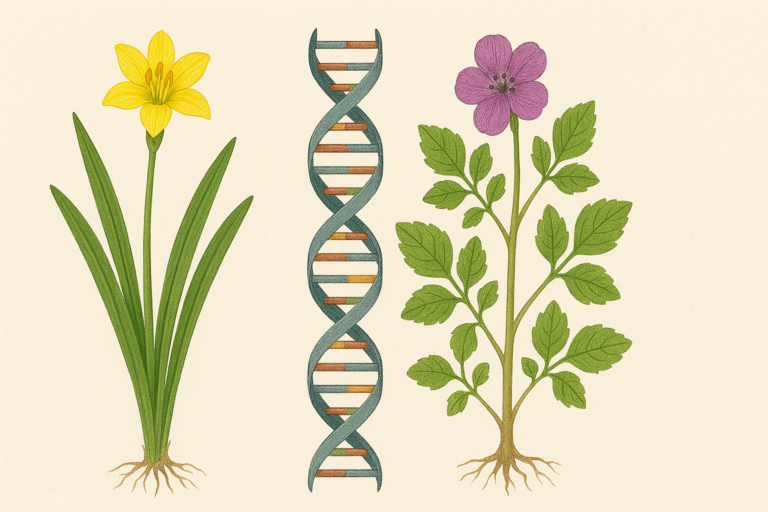
Introduction
Exploring botanical classifications leads us to the question: What differentiates a tree from a shrub? The answer lies in diverse physical and biological characteristics based on research from authoritative sources like Kew’s scientific research, NCBI, and others.
What Defines a Tree?
According to taxonomic databases like Kew’s Plants of the World Online (POWO), a tree is a perennial plant with an elongated stem or trunk, supporting branches, and leaves in most species. Trees are also characterized by their height. The minimum height for a tree usually ranges from 3-6 m at maturity. Trees usually have a single self-supporting trunk covered in bark and a distinct crown (canopy of leaves).
What Defines a Shrub?
On the other hand, shrubs are smaller than trees and often have several stems rising from the base rather than a single trunk. They generally fall below the 3-6 m height range that distinguishes trees. Shrubs are also typically bushy and dense and often used in landscaping for decorative features.
Taxonomical Differences
Taxonomically, trees and shrubs belong to the same kingdom (Plantae) and share many similar characteristics. However, they fall into different categories based on their growth pattern, size, and structure. This classification is crucial for botanical studies and conservation efforts, as defined by the IUCN Red List.
Cultivation and Care
For cultivation, standard practices suggest that both trees and shrubs require similar basic care, including sunlight, watering, and fertilization. However, due to their size differences, trees often require more space and deeper soil for their expansive root systems. Although not specified in the primary academic sources, practical experience and horticultural guides from the Missouri Botanical Garden recommend regular pruning for shrubs to maintain their shape and health.
Sustainability Considerations
Sustainability is also a significant factor when considering trees and shrubs. Both play crucial roles in ecosystems by providing habitat and food sources and contributing to the carbon cycle. Studies indexed on PubMed report that trees, due to their larger size, can store more carbon and thus are essential in mitigating climate change.
Conclusion
In conclusion, while trees and shrubs may appear similar at first glance, they are distinguished by several key botanical and practical factors. From their physical characteristics to their roles in ecosystems, understanding these differences can enhance our appreciation of these vital components of our natural world.
Bibliography
Kew Science. (2020). Plants of the World Online. http://powo.science.kew.org/
Flora of North America. (2020). Tree Identification and Classification. http://floranorthamerica.org/
NCBI. (2021). Tree vs Shrub: What’s the Difference? https://www.ncbi.nlm.nih.gov/
Kew Science. (2020). Plants of the World Online. http://powo.science.kew.org/
The Plant List. (2021). Plant Classification. http://www.theplantlist.org/
IUCN. (2021). Red List of Threatened Species. https://www.iucnredlist.org/
FAO. (2021). Tree and Shrub Cultivation. https://www.fao.org/
Missouri Botanical Garden. (2021). Pruning Shrubs. https://www.missouribotanicalgarden.org/
PubMed. (2020). The Role of Trees in Carbon Sequestration. https://pubmed.ncbi.nlm.nih.gov/



